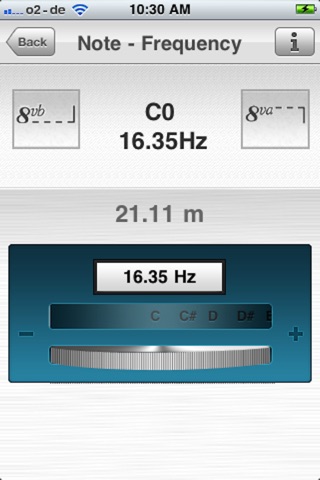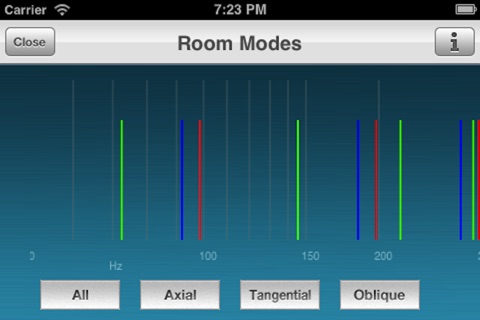
Audio Engineer
Learn how to mic up instruments like the masters. Contains great studio photos and techniques from real recording sessions. Work faster and more efficiently during your own studio session with an array of calculators aimed at common studio tasks.
Designed for serious audio engineers who need to get the best results for the project and aid those who are looking to improve their technique.
Technical consultation provided by Michael Stavrou (author of the bestselling audio engineering book "Mixing With Your Mind" - www.mixingwithyourmind.com) and James Englund (music producer at Crash Symphony Productions based in Sydney).
*** Reference ***
The reference section contains a series of photos of different miking techniques. It contains examples for the following:
- Fundamentals (A-B, Blumlein, M-S and X-Y)
- Acoustic Guitar
- Amplifiers (Guitar and Bass)
- Drums & Percussion
- Piano
- Harpsichord
- Vocals
- Saxophone
- Strings (Violin, Cello, Mandolin and Ukalele)
The photos demonstrate different methods of recording the above instruments with brief descriptions of each technique. This is perfect for students who have just entered the field of audio engineering and even useful to experienced engineers.
*** Calculators ***
** BPM - Time
This gives the relative delay times in milliseconds for a specified tempo. It is useful for non-grid recorded music that requires time based delay. It also can be used to set accurate release times for compression units.
** Note - Frequency
This calculator gives the corresponding frequency of every note, proving an invaluable tool when mixing. Bring harmony to your tracks by easily identifying and removing all offending note frequencies.
** Sample Rate
Before the digital world took over, there were many applications on tape machines where audio could be sped up or slowed down using the varispeed control. This calculator provides the tempo shift, pitch shift and BPM shift when waveforms are moved from one sample rate to another.
** Scale Frequency Chart
Provides a listing of frequencies for any given major or minor scale. Useful for harmonic mixing and cutting/boosting consonant and dissonant frequencies.
** Distance - Time
Computes the related variables of distance, time and air temperature. It is useful in live situations where knowing how long it takes for a sound source to reach the lister can be invaluable. It applies in studio situations when controlling the phase between multiple sound sources is important in achieve a coherent and clear recording.
** Dynamics
An educational tool for understanding the concepts of compression and expansion. It gives a graphical output based on the variables of the compression unit.
** Room Modes
Provides graphical and tabulated data indicating the standing waves that are naturally forming in a 3 dimensional space. All you need to do is add in the dimensions of the room and the calculator will output the necessary information. It will aid you in treating the acoustic properties of a space and understanding the acoustics of any given mixing room.



